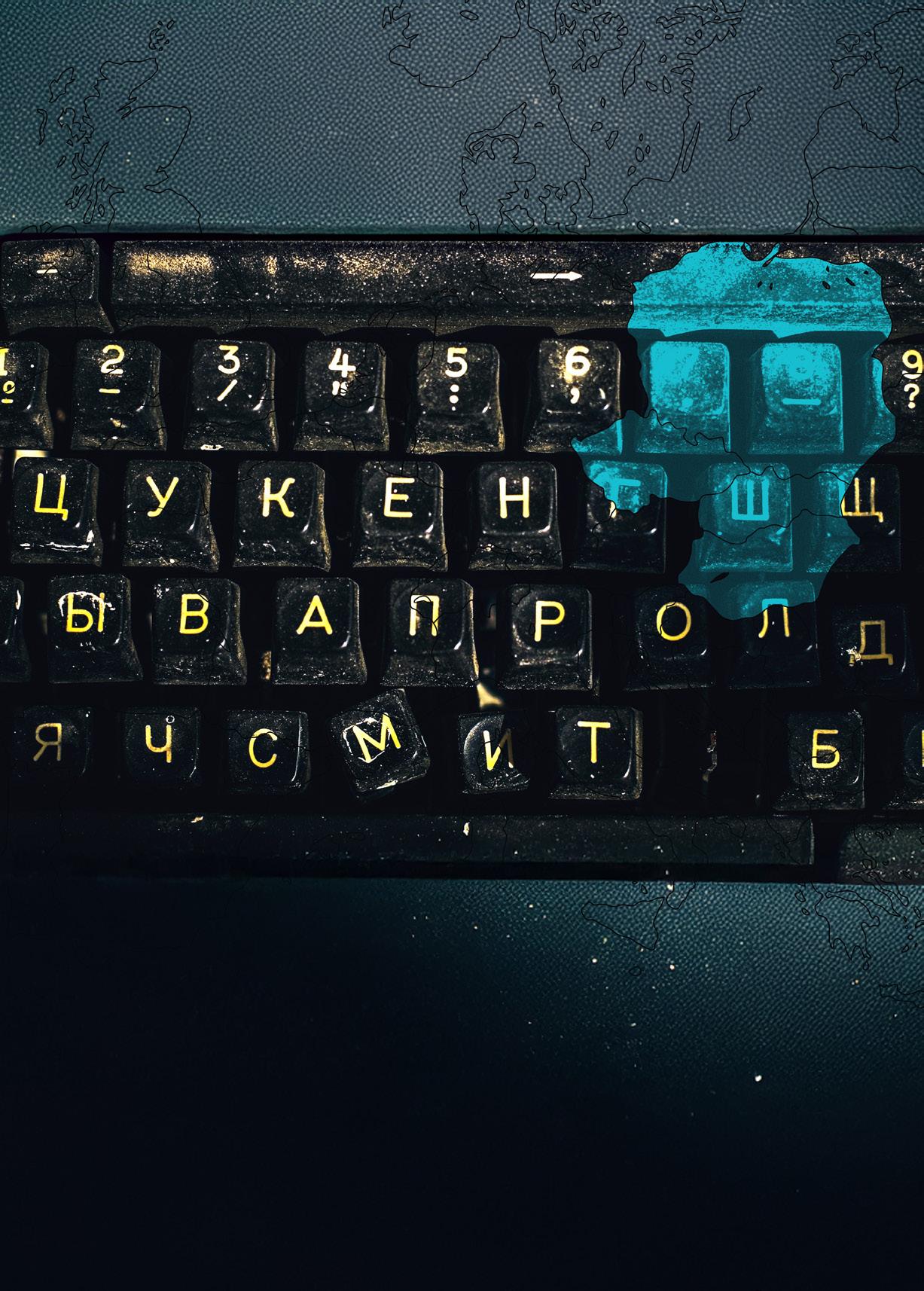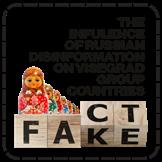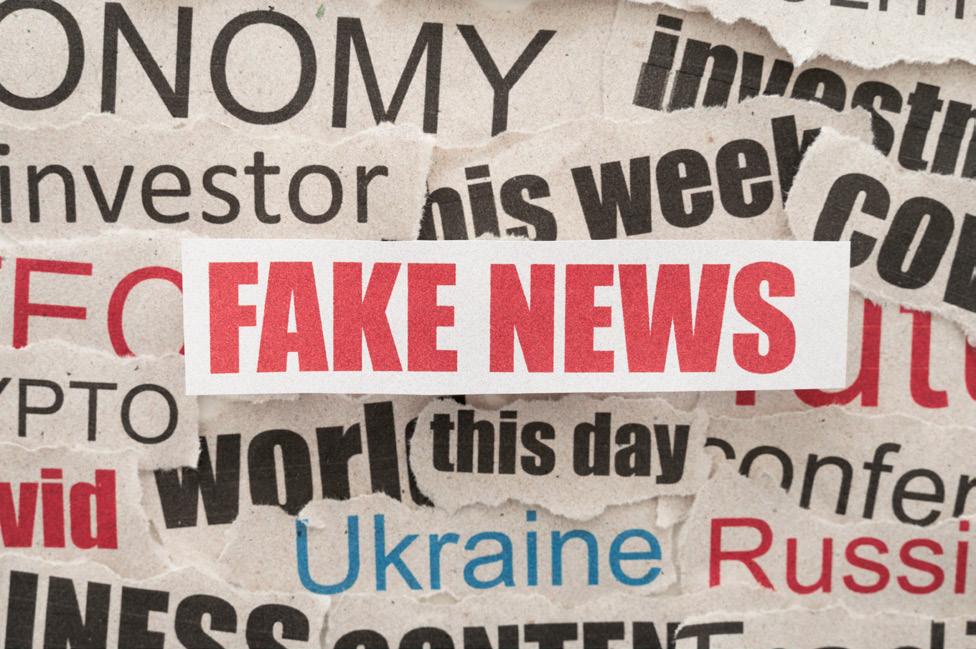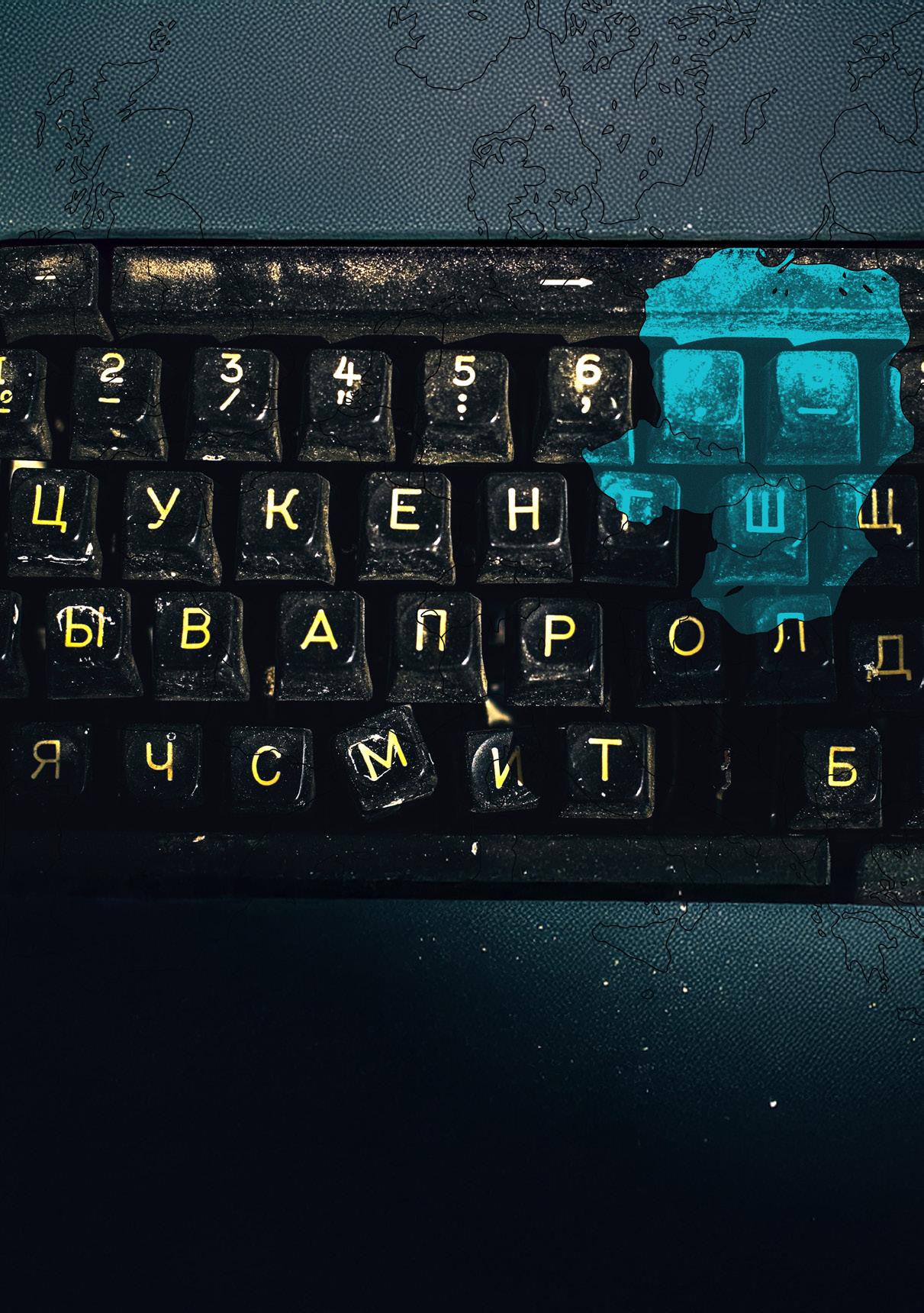SPECIAL REPORT —

SZYMON POLEWKA

SPECIAL REPORT —

SZYMON POLEWKA

PARTNERZY:


Despite their extensive experience with Russian disinformation, the countries of the Visegrád Group remain highly vulnerable to the Kremlin's influence operations. This region, historically dominated by the Soviet Union and acutely aware of the associated threats, serves as a voice of reason within the European Union and NATO. However, this position also makes it a prime target of Putin’s narrative warfare. With Vladimir Putin’s rise to power, the Russian Federation was set on a new collision course with the West. Over the years, Russian propaganda, particularly in the early 2000s, constructed an image of a great power willing to cooperate in exchange for concessions. This vision resonated with the postmodernist elites of the West, who viewed the world through the liberal trade paradigm, dominated by the logic of financial interests. However, the Visegrád Group countries—quickly integrating with the West—stood in the way of this Russian narrative from the outset, promoting their own perspective shaped by the trauma of Soviet domination during the Cold War.
Russia’s strategic ambitions were clearly outlined in Putin’s speech at the Munich Security Conference in 2007. In his address, he announced Russia’s rejection of the European security system and a return to imperialist policies. At the time, this speech was a shock to the international community. Unfortunately, despite this warning from the Kremlin, the United States and the European Union continued to entertain the idea of potential strategic cooperation with Russia. A turning point came in 2014 with the events of the Euromaidan and the annexation of Crimea. These developments showcased the full capabilities of Russia’s modern disinformation apparatus and marked the beginning of hybrid operations against NATO. Since 2022, with the launch of Russia’s full-scale invasion of Ukraine, it has become evident that a full-fledged hybrid war is underway between Russia and NATO, where disinformation remains one of the most critical instruments.

Throughout the historical moments described above, the Visegrád countries— particularly Poland and the Czech Republic—were able to anticipate the moves of the Russian Federation, warning the West about the impending threat. This has made the Visegrád Group one of the primary targets of Russia’s information warfare. When approaching Central Europe, the Kremlin has adopted its characteristic divide et impera ("divide and rule") strategy, a tactic previously employed by the Soviet Union toward its satellite states during the Cold War.
Historically, disinformation campaigns in Central Europe were already carried out by the USSR. Among the satellite states, Poland, Czechoslovakia, and Hungary were united at the societal level in their anti-Soviet stance against the system imposed upon them from above. Aware of this resistance, the Soviets sought to create as much discord as possible among the Central European states by manipulating historical tensions or even exploiting them in conflicts against one another.
One example is the Soviet-promoted narrative in Czechoslovakia blaming Poland for co-responsibility in the annexation of the Czech lands by the Third Reich in 1938, specifically through Poland’s occupation of Zaolzie, while downplaying Czechoslovakia’s own role in initiating the conflict over the region in 1919. Another example of disinformation from that era was the communist Czechoslovak propaganda campaign depicting Polish workers as lazy, unproductive, and incapable of efficient labor. This image was particularly emphasized during labor strikes in the Polish People's Republic (PRL), such as the Poznań June protests of 1956. The final divisive blow between the two nations came with the events of the Prague Spring in 1968, when the Soviet Union used, among others, Polish military forces to suppress the uprising in Czechoslovakia.
Despite the Visegrád Group’s primary success in integrating with the European Union and transatlantic structures, the format continues to strive for greater stability in Central Europe. However, since
Similar disinformation tactics were deployed between Slovaks and Hungarians. In this case, the Treaty of Trianon of 1920 was exploited, as it significantly reduced Hungary’s territory in favor of neighboring states, including Slovakia. Czechoslovak propaganda strongly accused Hungary of imperialism and past aggression against the Slovaks. This narrative was used to justify restrictive policies against the Hungarian minority in Czechoslovakia, including limiting Hungarian-language education and creating barriers to access Hungarian media. Ultimately, Soviet historical disinformation proved effective, fostering divisions among Central European nations—divisions that remain particularly evident among the older generations today.
the annexation of Crimea in 2014, the group has become increasingly divided. The key factor driving this division is each country’s approach to the Russian Federation. Russia’s persistent disinformation
efforts aimed at splitting the Visegrád format have yielded results, particularly in Slovakia and Hungary.
Slovakia is a particularly crucial case when analyzing Russian disinformation, as the extent of Russia’s involvement suggests that the country is being used as a testing ground for future propaganda operations across the European Union. The current Slovak government, led by Prime Minister Robert Fico, is known for its pro-Russian stance. Fico’s foreign policy sharply contrasts with that of most EU and NATO member states, especially regarding Ukraine and Russia. His government has been vocal in criticizing the EU and NATO for supporting Ukraine while calling for peace negotiations with Russia. Polling data shows that Russian disinformation campaigns have been highly effective among the Slovak population. According to GLOBSEC Trends research, Slovakia has one of the most pro-Russian and anti-Western outlooks in Central and Eastern Europe—44% of Slovaks perceive the Western way of life and the United States as a threat. A striking example of Russian disinformation was observed following the assassination attempt on Prime Minister Robert Fico on May 15, 2024. Within minutes of the attack,
Russian sources unleashed a disinformation campaign online, blaming the CIA, NATO, the EU, Ukraine, and even the World Health Organization for orchestrating the attack.
On the other side of the spectrum, Poland and the Czech Republic represent more Russia-skeptical members of the Visegrád Group. The Czech Republic, in contrast to Slovakia and Hungary, stands out as a country where Russian disinformation efforts have largely failed to sway public opinion. A major blow to Russia’s image in the Czech Republic came after an investigation into the 2014 explosion at the Vrbětice ammunition depot. In April 2021, Czech government officials announced credible suspicions that Russian military intelligence officers were involved in the explosion. This revelation triggered widespread public outrage and led to the expulsion of 18 Russian diplomats. The Czech Republic's effectiveness in countering Russian disinformation was further highlighted during the 2023 presidential elections when the Ministry of the Interior’s Center for Countering Hybrid Threats (CHH) detected and exposed a disinformation campaign. According to CHH, a manipulated video surfaced before the second round of voting, falsely depicting
the eventual winner, former NATO Military Committee Chairman Petr Pavel, as declaring that the Czech Republic must go to war against Russia. In reality, Pavel had made no such statement.
Poland, meanwhile, remains a leading country in large-scale efforts to combat Russian disinformation. Due to its size, cybersecurity infrastructure, and political commitment, Poland has positioned itself as a regional leader in this area. The country maintains a well-developed strategy for countering Russian disinformation, which has been consistently im-
Ultimately, Russian disinformation has divided the Visegrád Group into two camps with drastically different approaches to the Russian Federation. This divide is the primary factor contributing to the current political paralysis within the format. On the one hand, successes in overcoming historical Russian disinformation are evident, particularly in the improving social relations between Poles and Czechs. On the other hand, historical grievances and societal factors in Slovakia
plemented regardless of the political orientation of the ruling government. Russian disinformation efforts in Poland often take the form of troll farms, which incite internal political conflicts and polarize public discourse. Additionally, Russian narratives frequently target Ukrainians, exploiting the complex and often tragic history between the two nations. These disinformation efforts intensify around the anniversary of the Volhynia Massacre, aiming to deepen historical grievances and sow discord between Poles and Ukrainians.
and Hungary have made these countries among the most susceptible to Russian propaganda in the world.
The region remains particularly important for the West, as both successes and failures within the Visegrád countries will shape the trajectory of Russian disinformation in Western nations.
Sources
• GLOBSEC Trends 2024, CEE: A Brave New Region?
https://www.globsec.org/sites/default/files/2024-05/GLOBSEC%20TRENDS%20 2024.pdf
• Górecki Piotr, (oprac.) Kozłowski Piotr , Rosyjska dezinformacja odnotowana podczas wyborów w Czechach, dziennik.pl, 9.02.2023, (dostęp: 29.11.2024)
https://wiadomosci.dziennik.pl/swiat/artykuly/8657785,rosyjska-dezinformacja-wybory-czechy.html
• Krempaská Barbora , On the Path to Illiberal Democracy?, Fiedricht Neumann Foundation, 15.11.2024, (dostęp 29.11.2024)
https://www.freiheit.org/central-europe-and-baltic-states/path-illiberal-democracy
Warsaw Institute
Wilcza St. 9, 00-538 Warsaw, Poland office@warsawinstitute.org

© COPYRIGHT 2024 Warsaw Institute
The opinions given and the positions held in materials in the Special Report solely reflect the views of authors.

The project is co-financed by the governments of the Czech Republic, Hungary, Poland and Slovakia under the Visegrad Grants of the International Visegrad Fund. The fund's mission is to promote the idea of sustainable regional cooperation in Central Europe.